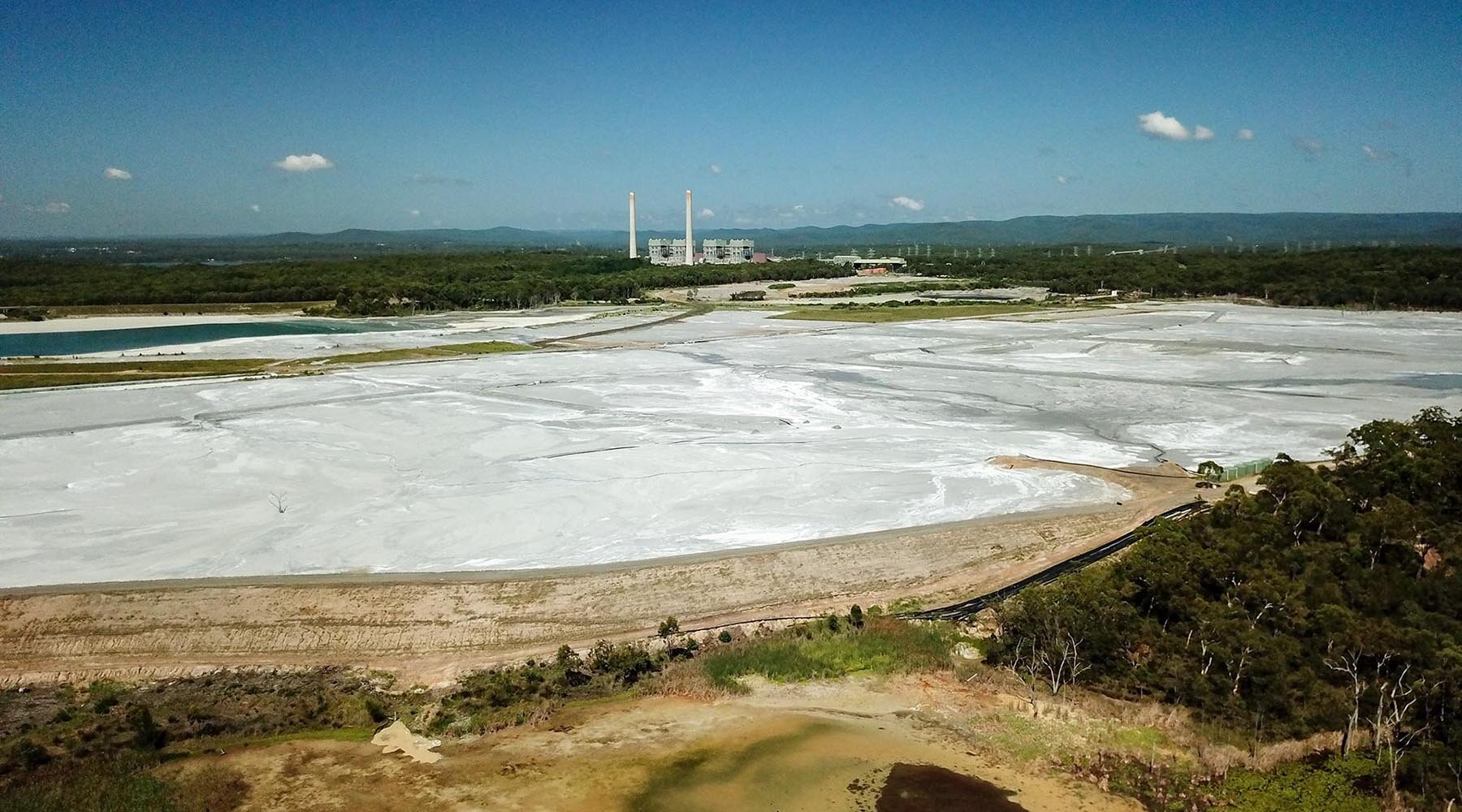
Out of the Ashes: water pollution and Lake Macquarie’s ageing coal-fired power stations
Released in February 2019, Out of the Ashes combines environmental investigations in the field, a review of existing literature and current licencing to examine heavy metal concentrations in the water, sediments and seafood of Lake Macquarie and understand how coal fired power stations contribute to this problem.
Construction of the coal ash dams at Eraring and Vales Point pre-dates NSW’s environmental pollution law, the Protection of the Environment Operations Act 1997 (POEO Act) and current regulation is failing to prevent the accumulation of harmful heavy metals.
Our report identifies key steps for Government and regulators to take to reduce water pollution now and safeguard Lake Macquarie from on contamination from these leaching coal-ash dumps.









